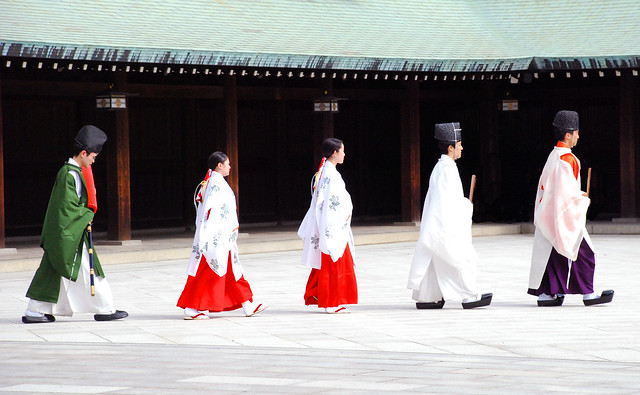 |
| Photo by Jean-Francois Chérnier |
“It is the pervading law of all things organic and inorganic, Of all things physical and metaphysical, Of all things human and all things super-human, Of all true manifestations of the head, Of the heart, of the soul, That the life is recognizable in its expression, That form ever follows function. This is the law.”
Louis Sullivan
Probably this is the most renowned motto of Modern architecture (actually in the easiest way “form follows function”), the first one everybody learns when starting to study architecture: but it is surprising that, for such a banal declaration nobody well-known has conceived the counter-motto, as for instance Robert Venturi did with Van der Rohe’s minimalist essence “Less Is More”, saying “Less Is Bore”.
Let us analyze what Sullivan Wrote: well, for instance there is no reference to architecture, rather a poetic mantra pretending to understand the secret law that runs life; but why, if in nature this statement is supposed to be “true”, should be like that in architecture? Do we believe in some kind of communal presence ruling everything?
Saying that form follows function, and vice-versa, means that we reduce architecture to structure: I would follow Bernard Tschumi’s theories (in The Manhattan Transcripts

No comments:
Post a Comment